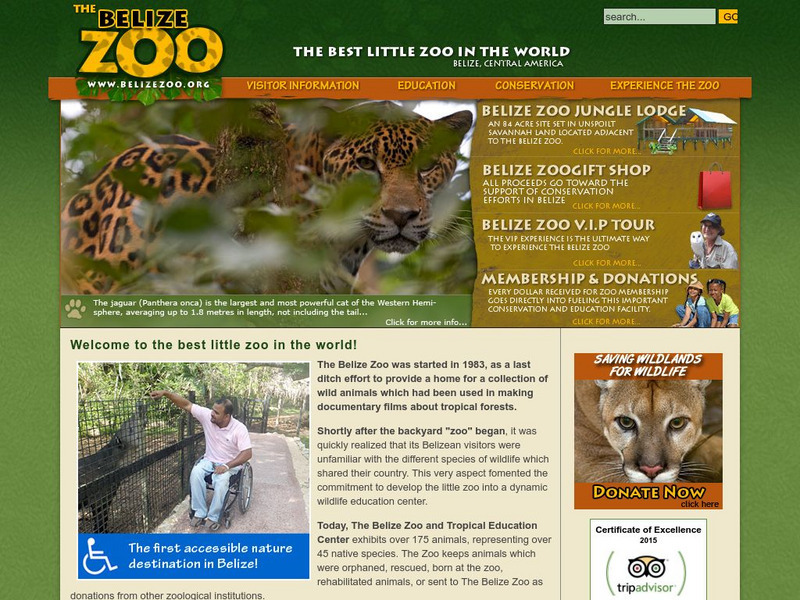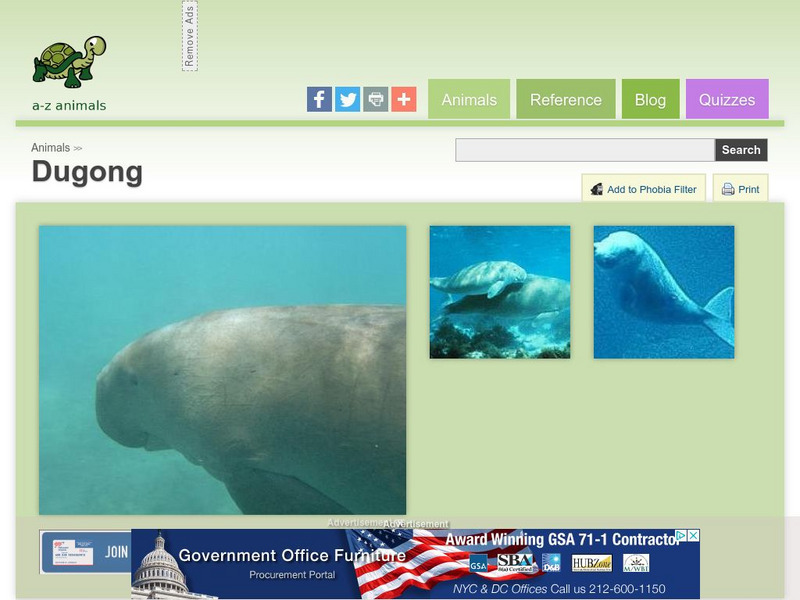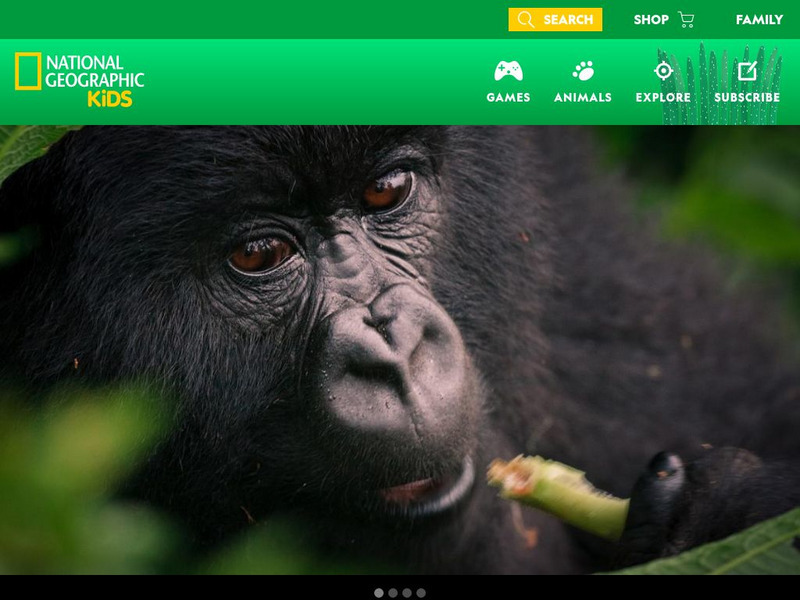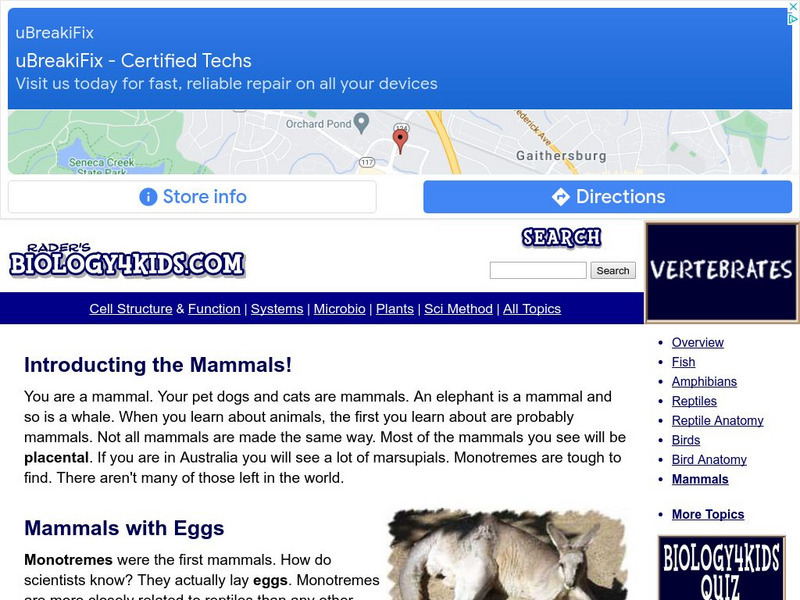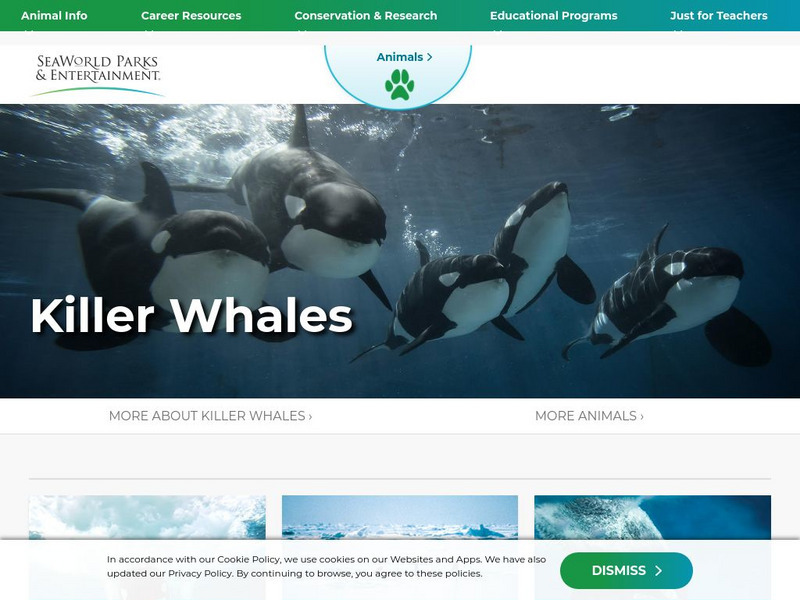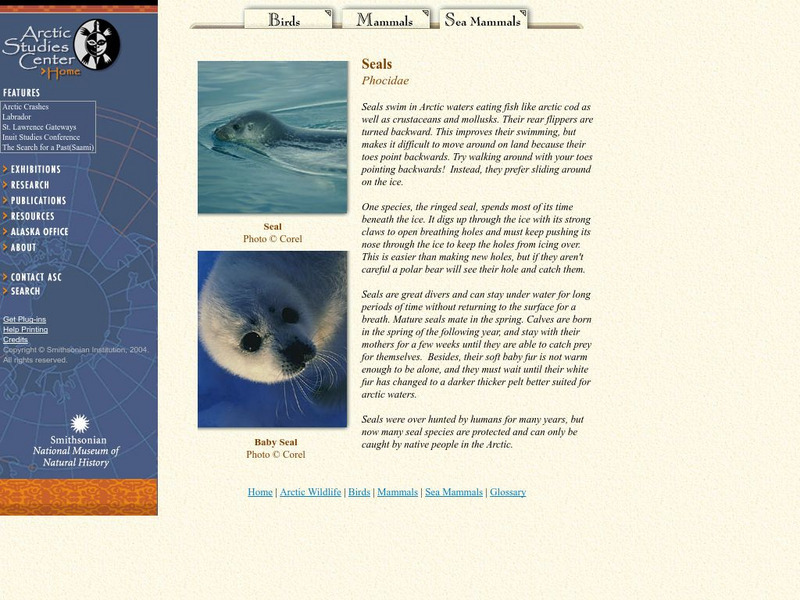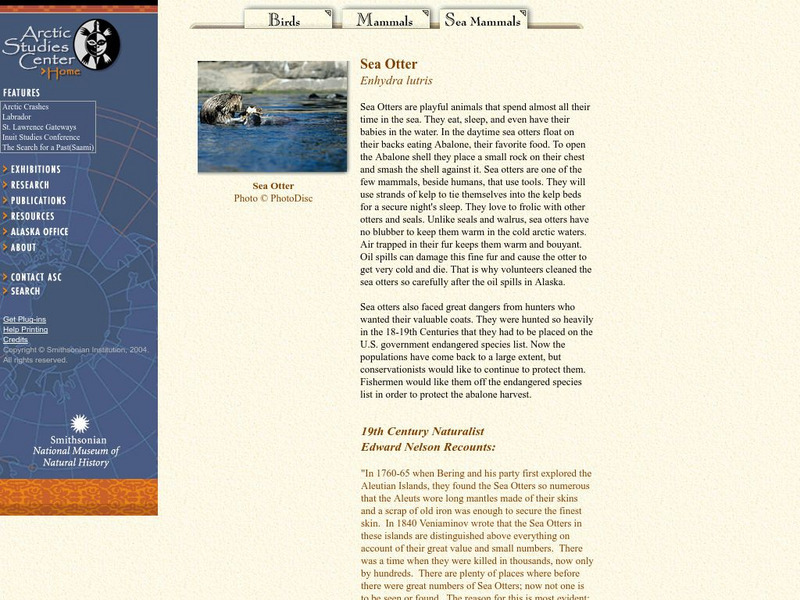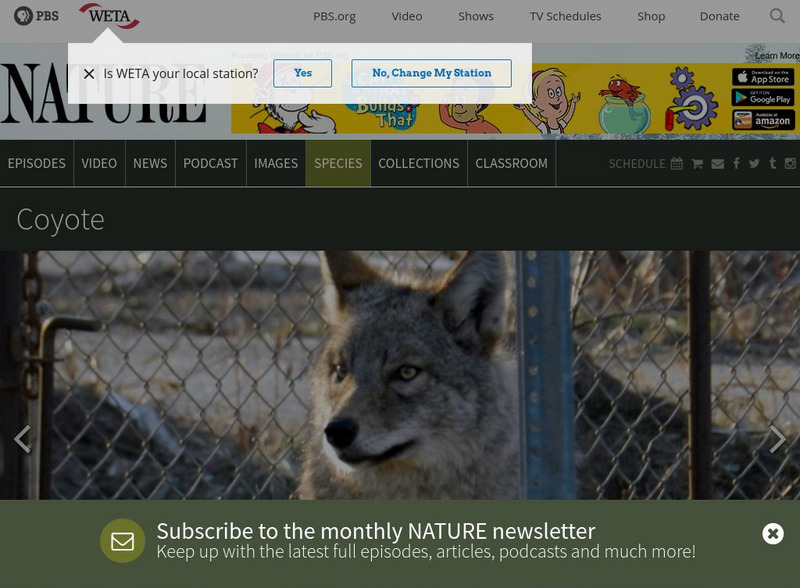Hi, what do you want to do?
Other
The Belize Zoo Animals of the Tropical Forest
This zoo is primarily a collection of wild animals indigenous to the tropical forests of Belize. At the bottom of the page, the animals are organized into 3 categories: mammals, birds, and reptiles.
University of Southern California
Structure of Matter: Animals
A slide show that demonstrates the development of physical structure in the animal world, moving from sponges through mammals.
A-Z Animals
A Z Animals: Animal Facts: Dugong (Dugong Dugon)
Explore images and facts about the Dugong, including details on its appearance, habitat, breeding, behaviour, and much more.
A-Z Animals
A Z Animals: Animal Facts: Echidna (Tachyglossus Aculeatus)
Illustrated entry describes the Echidna along with providing details about its habitat, physical characteristics, behaviour, and breeding.
A-Z Animals
A Z Animals: Animal Facts: Malayan Civet (Viverra Tangalunga)
Provides an overview of Malayan Civets, including their habitat, appearance, behavior, diet, breeding, and much more. An image of this species and statistics can also be found here.
Other
The Belize Zoo: Mammals, Birds, and Reptiles of Belize
This site provides information about the birds which live in the tropical forests of Belize. View photos, watch video clips, or listen to audio clips of each bird.
E-learning for Kids
E Learning for Kids: Science: Caribbean Sea: How Can We Classify Animals?
Welcome to Hideaway Island where five pirates need to find crews for their ships. Join in and learn about animals with backbones.
Language Guide
Language Guide: Los Mamferos
Interactive vocabulary words describing mammals come alive with audio when you move your mouse over the picture. Some of the nouns include sounds the animals make. Additional vocabulary include verbs.
National Geographic Kids
National Geographic Kids: Animals: Mountain Gorillas
A nice multi-media National Geographic site with video and audio clips about mountain gorillas. Fun facts about the gorillas include information ideal for research projects.
ClassFlow
Class Flow: Animals Grow and Change
[Free Registration/Login Required] This is a 2nd Grade unit on how animals grow and change. It includes information on life cycles of animals and how to classify animals into groups (i.e. mammal, reptile, amphibian, etc.) There is an...
Biology 4 kids
Biology4 Kids: Introducing the Mammals
What different types of mammals exist in the world? Peruse this information about mammals that lay eggs, mammals with pouches, and those that give birth to live animals.
Smithsonian Institution
Smithsonian National Zoo
Here is the National Zoological Park right at our fingertips. Students will find many things to explore at this colorful and engaging site. Any study of animals will have a successful start here. Chances are students can catch their...
Sea World Parks & Entertainment
Sea World: Killer Whales
Outlines the characteristics of the killer whale, including classification, habitat, behaviors, and conservation. Helps students identify with whales with a list of "Books for Young Readers." Information at a level of upper intermediate...
Smithsonian Institution
National Museum of Natural History: Arctic Studies Center Mammals Seals
This Smithsonian website has a brief, but thorough, article on the Seal that also includes pictures.
Smithsonian Institution
National Museum of Natural History: Arctic Studies Center Mammals Sea Otter
This Smithsonian website has a brief, but thorough, article on the Sea Otters that also includes a picture and an extensive quote from naturalist Edward Nelson.
Globio
Glossopedia: Rhinoceros
Rhinoceroses, or rhinos, are big and ancient-looking and can be dangerous. They can also be shy and are seldom seen. Once there were hundreds of rhino species, but today there are only a few. This article provides an in-depth look at...
PBS
Pbs Nature: Coyote
What do you know about coyotes? Learn more about how adaptable this animal is to new surroundings when you check out this informative resource. Explore this website to find more facts and information ranging from what these animals eat...
Monterey Bay Aquarium
Monterey Bay Aquarium: Sea Otters
A resource that explores the otter's life at sea with emphasis on keeping warm, diet, social life, and mother and pup. A live cam is set up to view the sea otters. Other sites (Marine Mammals and Octopus's) can be accessed.
Sea World Parks & Entertainment
Sea World: Walrus
Walruses, members of the seal family of marine mammals, are profiled in detail with information about their classification, habitat, behaviors, and conservation. Other features include books for young readers.
Missouri Botanical Garden
Missouri Botanical Garden: Eurasian Beaver
Here you can learn all about the Eurasian beaver, a large European rodent that lives in the taiga biome. Content includes information on this animal's appearance, diet, behavior, and more.
Earth Life
Earth Life: Locomotion of Mammals
Good site for some general information on the movement of mammals. Gives a description and gives the average speed of a variety of animals.
Ducksters
Ducksters: Animals for Kids: Vertebrates
What is a vertebrate? Students learn about these animals that have backbones such as mammals, fish, birds, and reptiles.
Ducksters
Ducksters: Animals for Kids: Meerkat
Kids learn about the meerkat, ground dwelling African mammal that lives in complex family clans.
National Geographic Kids
National Geographic Kids: Animals: Harp Seal
A profile of the harp seal for the younger researcher. Video clip and map of habitat and range plus details of the young, food, mating, and enemies are included.
Other popular searches
- Classify Animals and Mammals
- Australian Animals Mammals
- Science Animals Mammals
- Animals Mammals Activities
- Animals Mammals Reproduction





